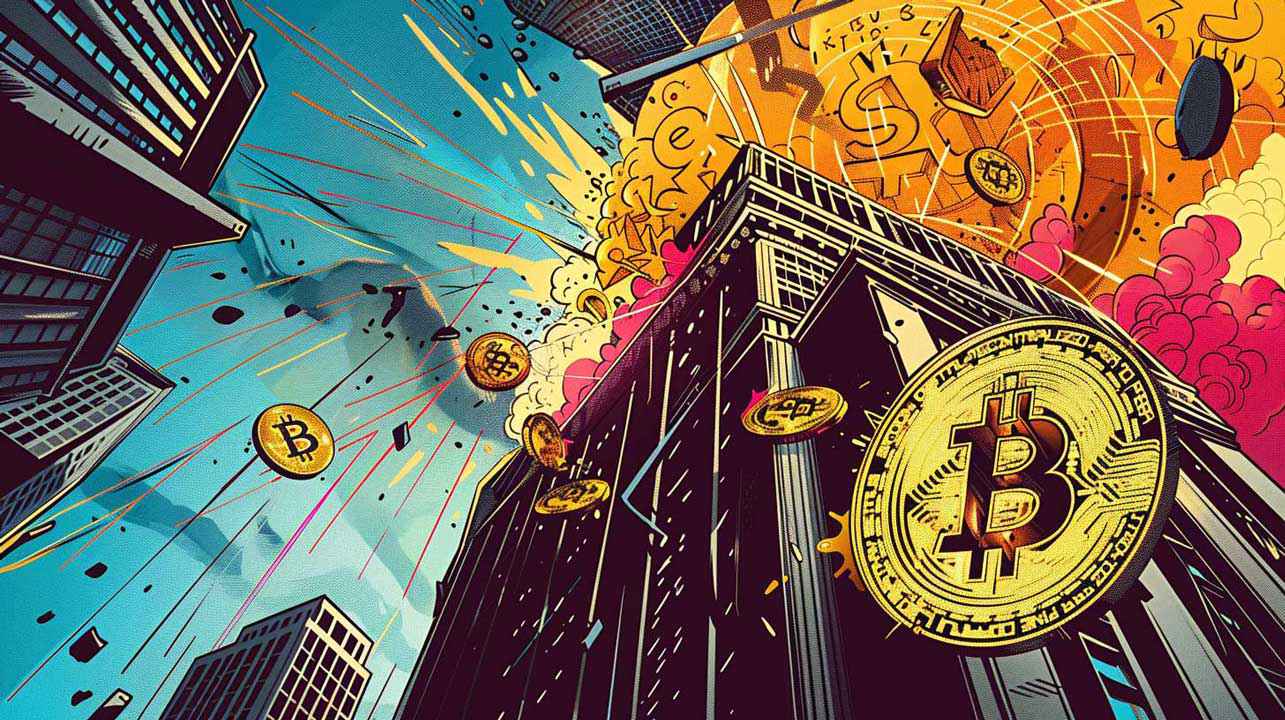Runes Daily Tx Fees Drop by 98.4% to $1.03 Million Post-Halving: Glassnode
Bitcoin daily transaction fees have fallen from $80 million on the halving day to $3.4 million as of April 28.
According to Glassnode data, Runes transactions generated $117 million in cumulative Bitcoin network fee revenue post-halving, with $62.4 million amassed on the day of the halving itself.
However, this rise proved to be short-lived, recent data reveals that on April 28, Runes transactions only contributed $1.03 million in fees.
Runes Dominates Bitcoin Network Post-Halving
On April 20, the day of the halving , transaction fees within the Bitcoin network saw a notable spike . This surge was primarily linked to the implementation of the Runes protocol, leading to higher mining fees.
Runes transactions accounted for 57.7% share of all Bitcoin network transactions. Financial transactions trailed behind with a 41.5% share, while Ordinals and BRC-20 accounted for 0.5% and 0.2%, respectively.
This dominance persisted over the halving weekend, with Runes maintaining most of the network activity. On April 21, Runes transactions accounted for 51.6% of total transactions.
However, by April 22, this dominance began to decrease, dropping to 42.5%, while Bitcoin financial transactions claimed a larger portion, accounting for 56.5% of total transactions processed that day.
Following the #Bitcoin Halving, Rune Transactions have accrued a total of $117M in revenue fees, with a staggering $62.4M collected on the day of the halving.
However, a stark decline in revenue can be noted with the current Fees from Rune TXs residing at a value of $1.03M. pic.twitter.com/RpDnn4r88n
— glassnode (@glassnode) April 29, 2024
However, the situation has since changed, with transaction fees decreasing. Medium-priority transactions are now priced at approximately $8.48, while high-priority transactions are priced at around $9.321.
This marks a 75% decrease in fees compared to the immediate aftermath of the halving, which saw fees rise to $146 for a medium-priority transaction and $170 for a high-priority transaction.
Long Term Benefits
According to Bitcoin researcher Jade Ardinals, the increased load on the network was primarily caused by minting. Ardinals explained that speculation surrounding Runes caused a surge in minting activities, creating an “artificial” strain on Bitcoin block space.
Analysts anticipate that this pressure will diminish over time. However, they maintain that Runes will continue to attract more developers to Bitcoin.
Runes tokens have already captured a large portion of Bitcoin’s on-chain activity. According to Crypto Koryo’s Dune dashboard, on April 25, Runes tokens comprised 45% of all Bitcoin transactions.
Casey Rodarmor developed Bitcoin Runes to enhance the BRC-20 standard, known for its costly token creation and management on the blockchain due to its UTXO proliferation. Bitcoin faces challenges with accumulating unspent transaction outputs (UTXOs), which strain the network and lead to performance issues.
Runes enables users to conduct more efficient transactions and create better-optimized tokens on Bitcoin by leveraging its UTXO format.
Disclaimer: The content of this article solely reflects the author's opinion and does not represent the platform in any capacity. This article is not intended to serve as a reference for making investment decisions.
You may also like
Trade wars push blockchain into supply chain solutions

Corporations hold $57 billion in Bitcoin

Trump administration walks back tariff ‘exemption’ on electronics
Trump says he’s “flexible” on electronic tariffs, and that more developments are “coming up”
Charles Hoskinson Weighs in: Is Bitcoin Surging to $250K?
Unpacking Charles Hoskinson's Bold Bitcoin Prediction in Light of Current Market Trends

